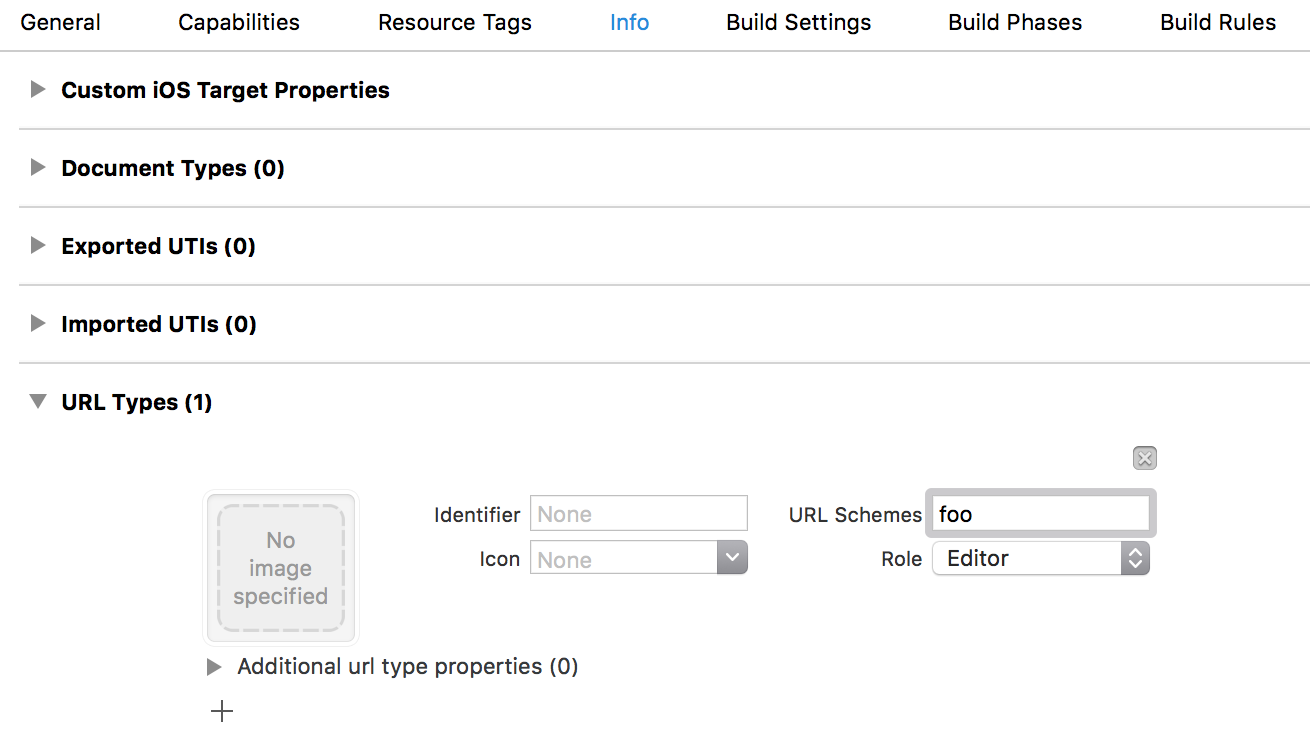I've implemented a Today widget for my application +Quotes which displays the day's quote within the notification center with the help of these Apple Docs. What I'd like to accomplish is opening the Containing App, in this case +Quotes, when the user taps the +Quotes widget within their Today notification view, not entirely sure what to call this, as Calendar would if you tapped it in the Today view. I've tried overlaying a button over the label which would call
-(void)openURL:(NSURL *)URL completionHandler:(void (^)(BOOL success))completionHandler
upon it being tapped, then open the Custom URL Scheme I have declared to open the Containing App. The issue is it doesn't open the Containing App.

-(IBAction)myButton:(id)sender {
NSURL *customURL = [NSURL URLWithString:@"PositiveQuotes://"];
[self openURL:customURL completionHandler:nil];
}

